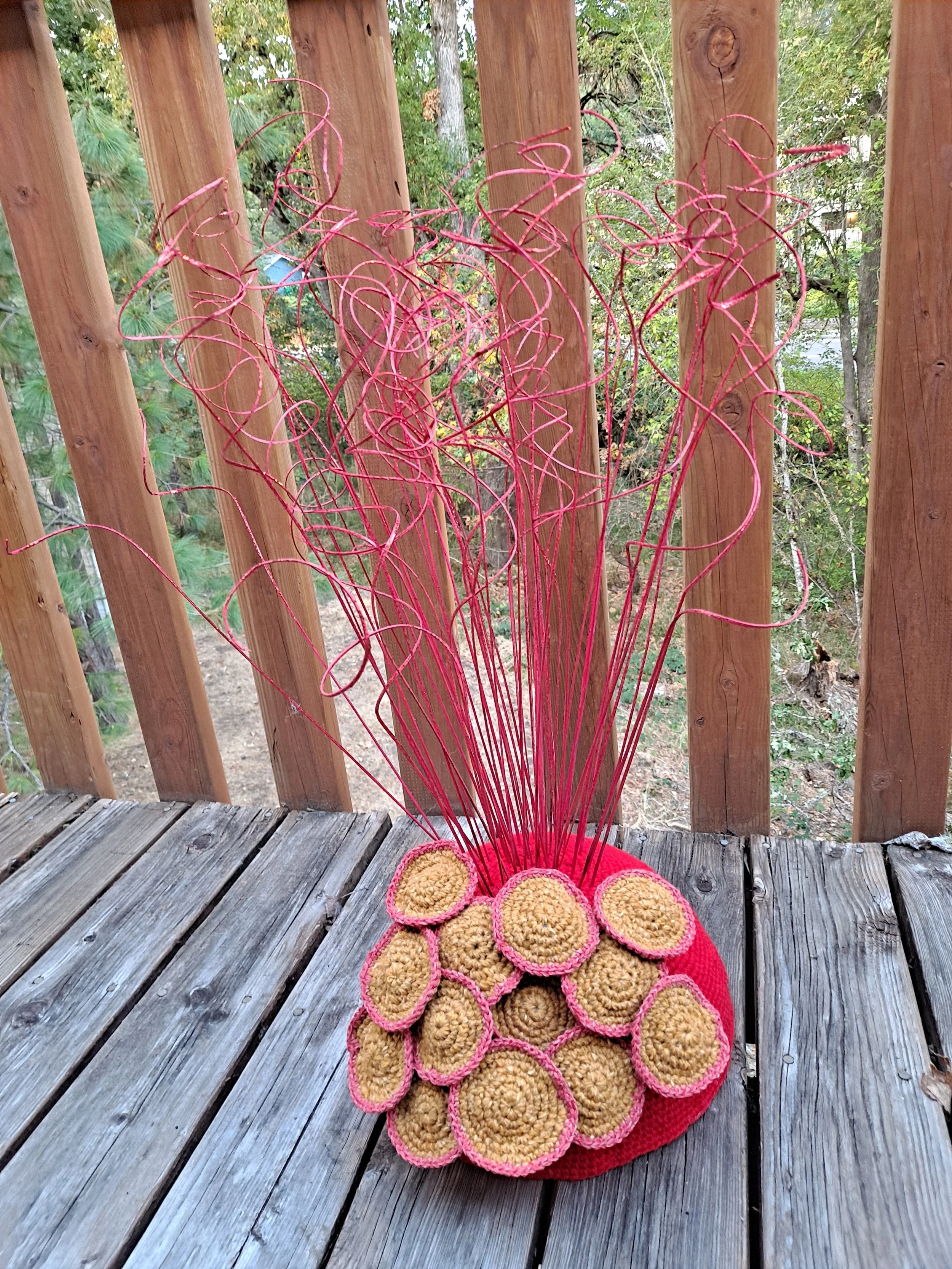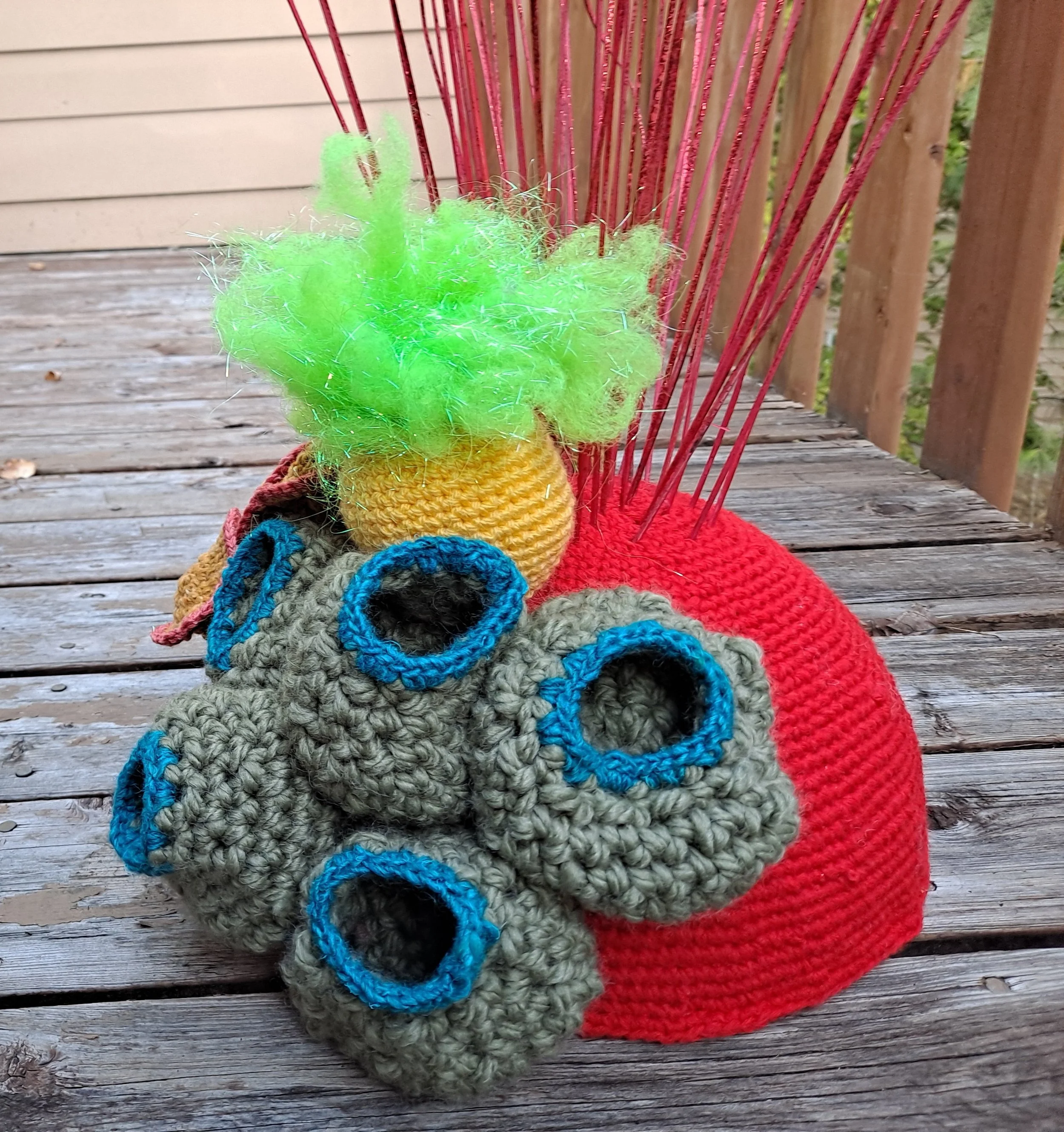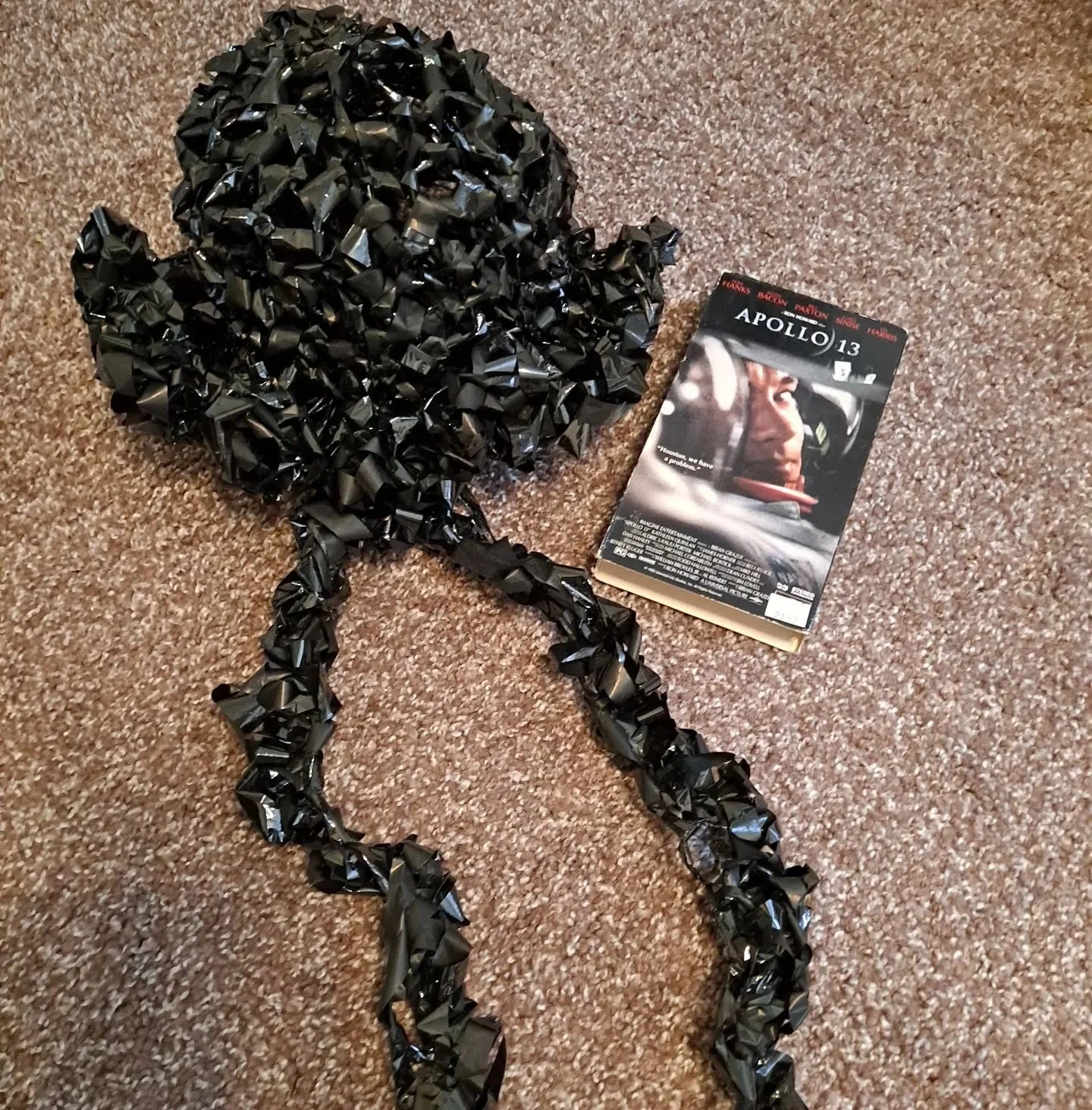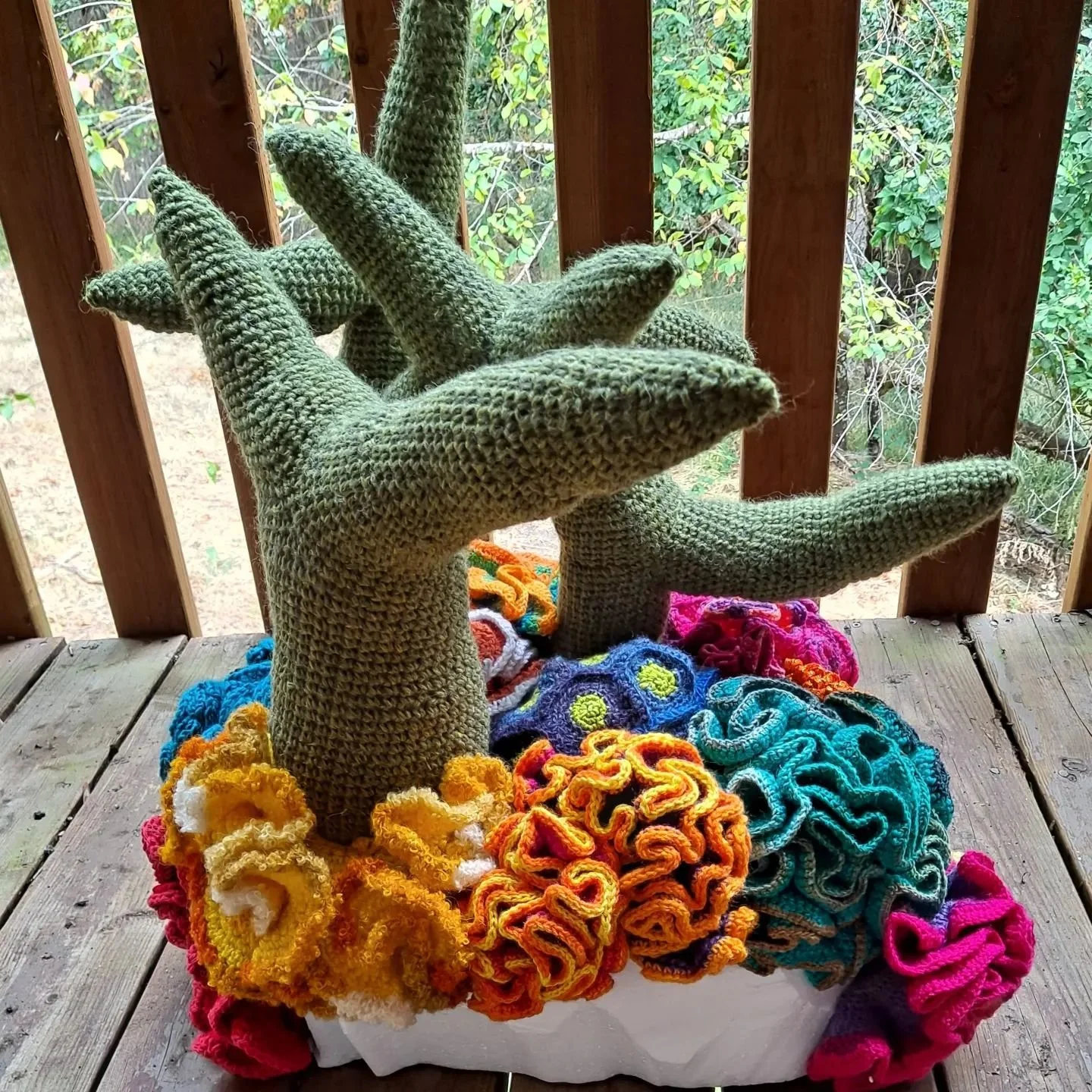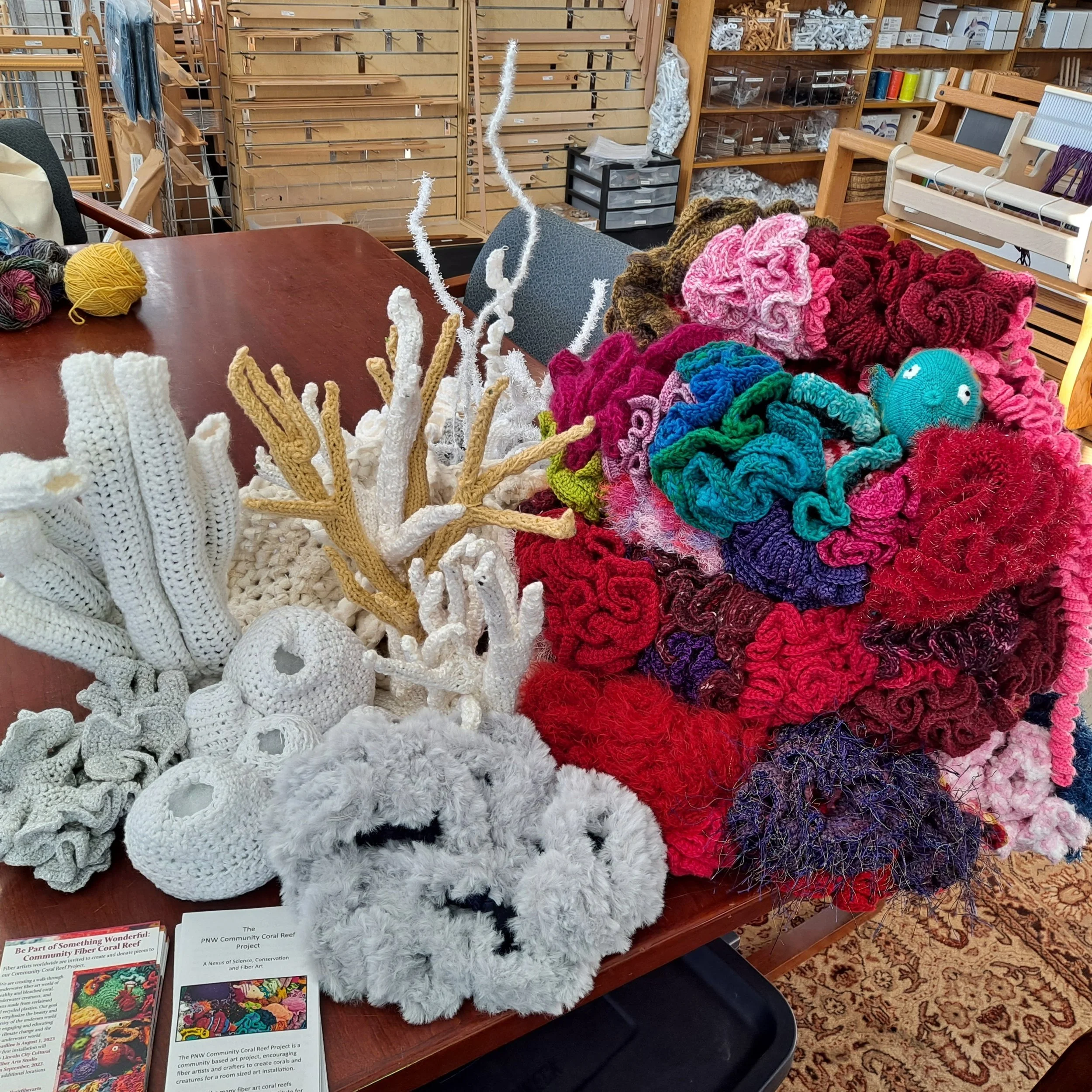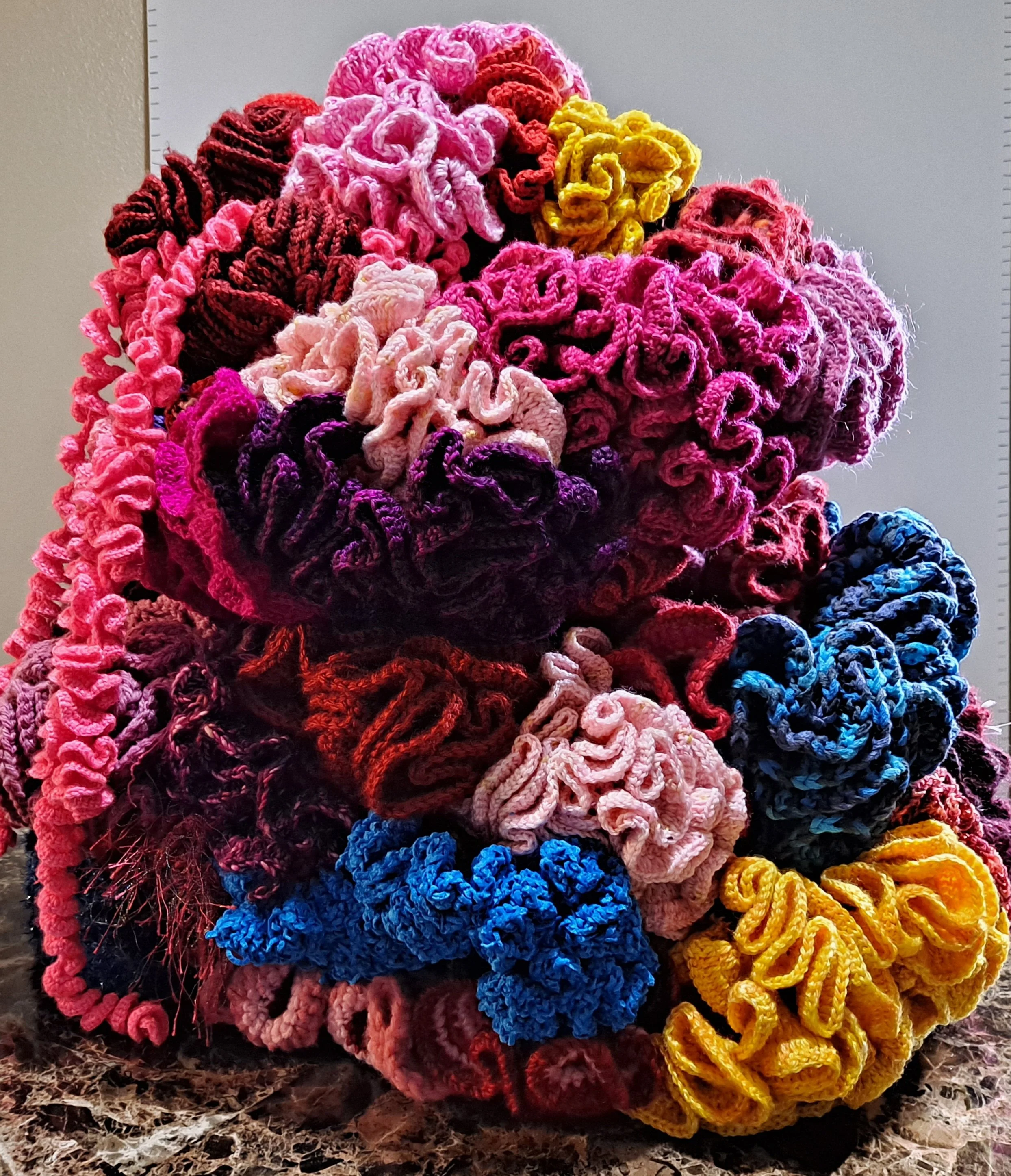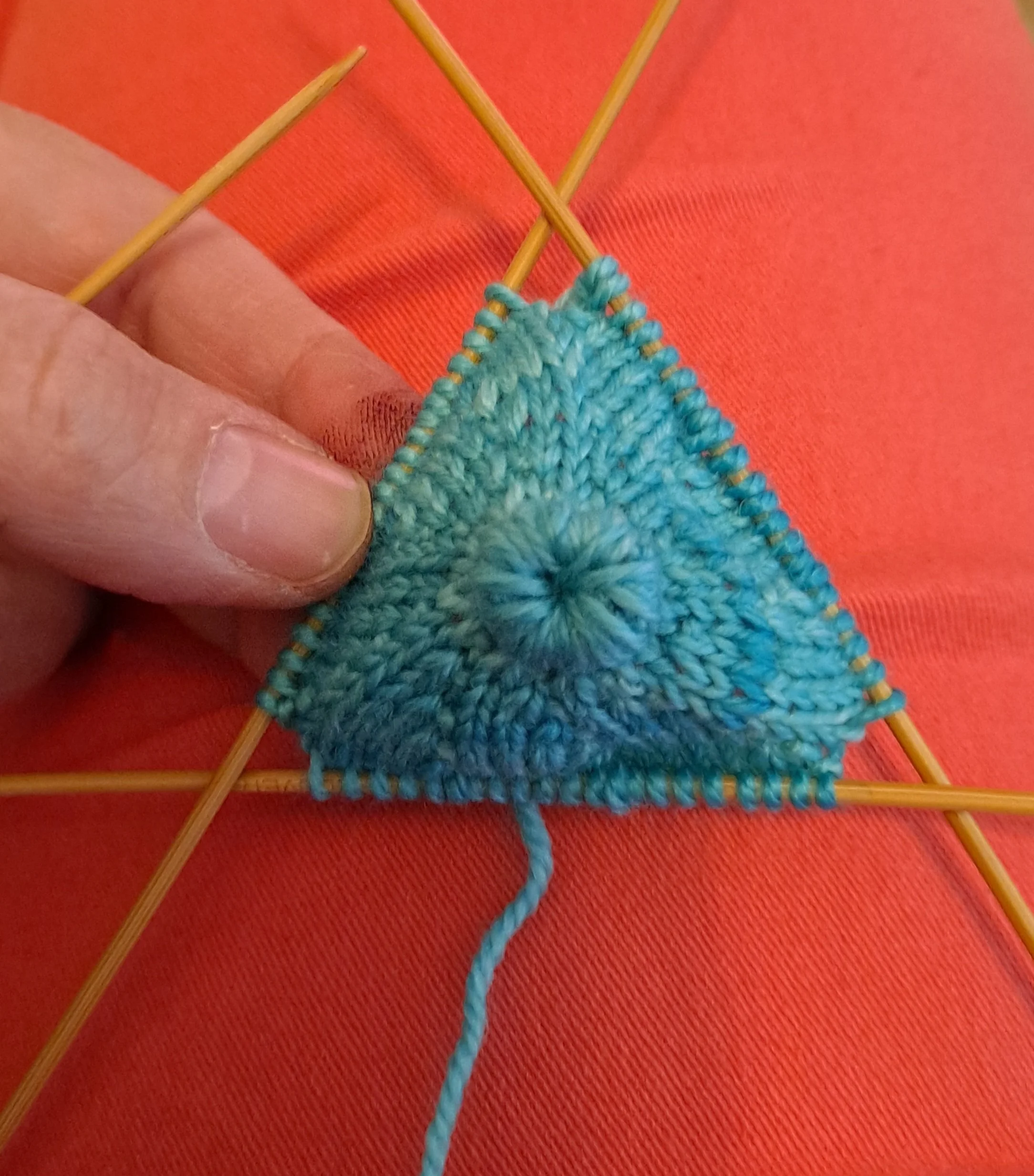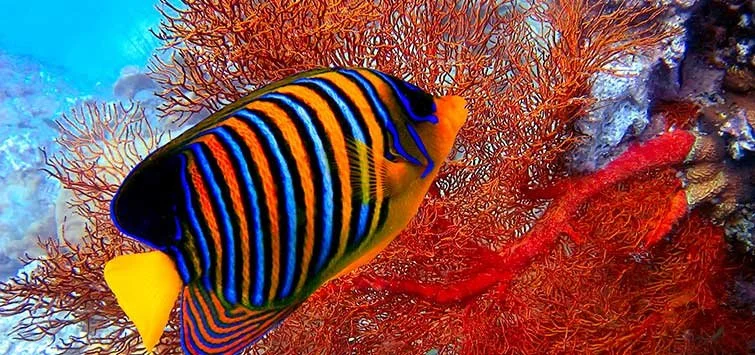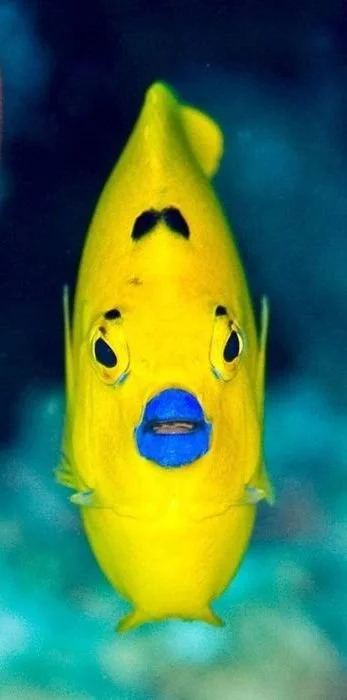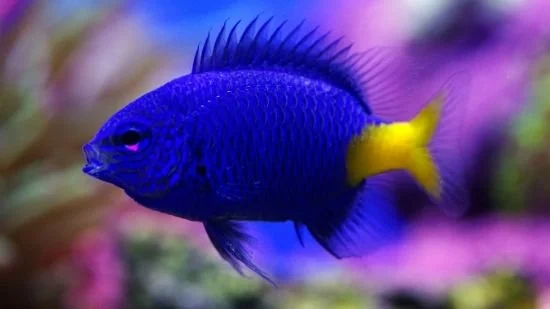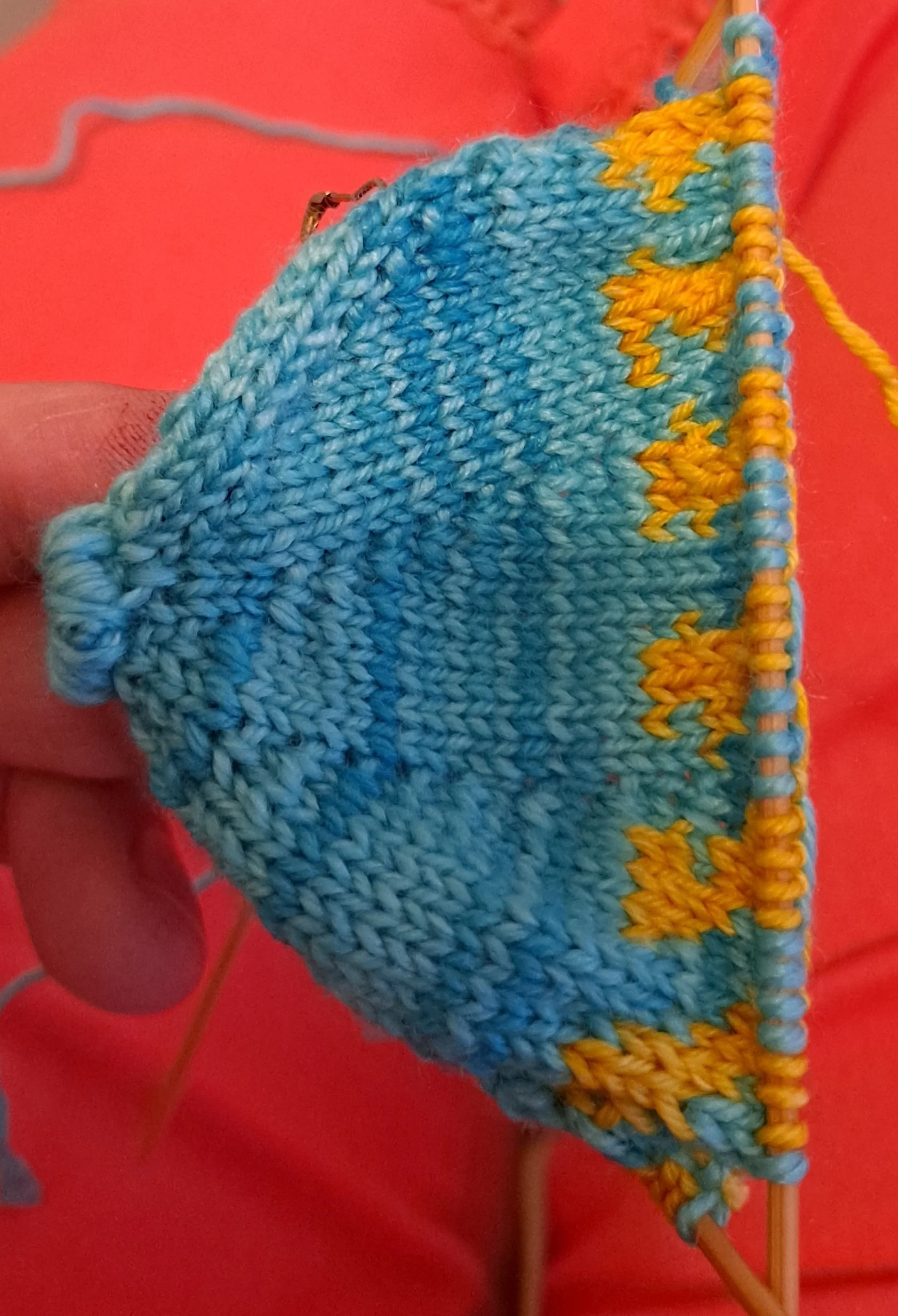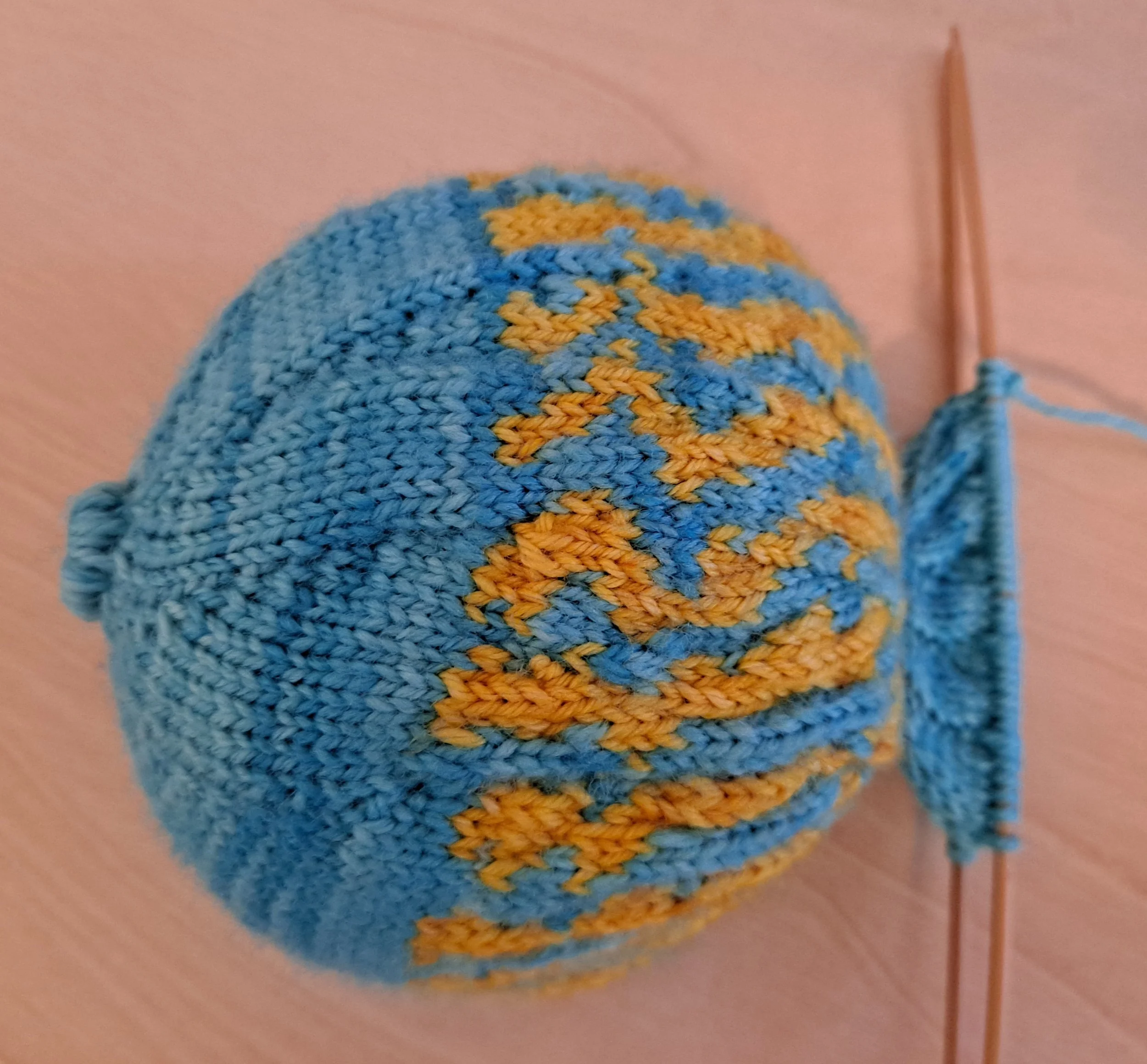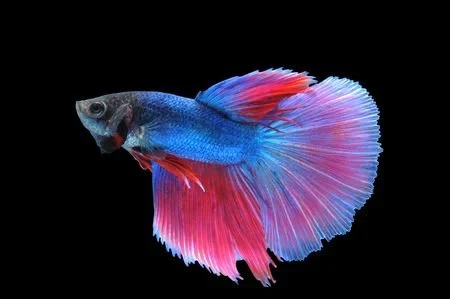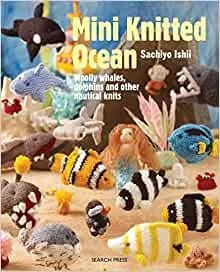In eight short days I will be heading out to Port Townsend to do an artist residency. It’s funny how the PNW Community Coral Reef Project has taken over my creative process but quite a long time ago, I applied for a residency on my own artistic merit with a project that has lain dormant for many months. Of course, the reef is creeping into my residency time as I am going to do an interview about the reef and spend a day crafting at the Feiro Marine Education Center on November 19th from 10-4.
My mountain landscape that has been ignored for so long is going to get the majority of attention when I have an entire week to do nothing but art. I didn’t even have the background done a week ago and was feeling as if it wouldn’t be done by the time I left. It was important to get it finished as it is the initial step for any of my canvases. I end up adding many layers afterwards and getting the background done before I left seemed like a fundamental necessity.
I managed to finish the last of the background this weekend and got it sewn down. I have even managed to add a couple of trees. Since the inspiration for this canvas is the Olympic Peninsula, I have settled on the name Olympic and now I am puzzling out the best way to create the moss on my trees. I created the first tree and added some lovely mohair locks dyed to the color named “foliage”. My tree looked like one of the Midwestern trees of my childhood after being infested with army worms.
The all encompassing moss of the Hoh Rain Forest is what I am trying to accomplish. Needless to say, I thinned and trimmed the moss down to a negligible amount but I need to figure out what I am going to do. In the meantime, I am making trees and undergrowth, which will be the focus of my residency.









